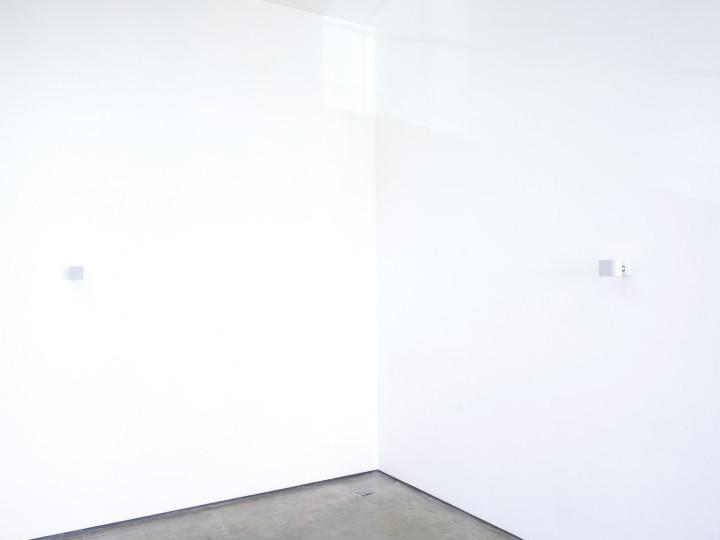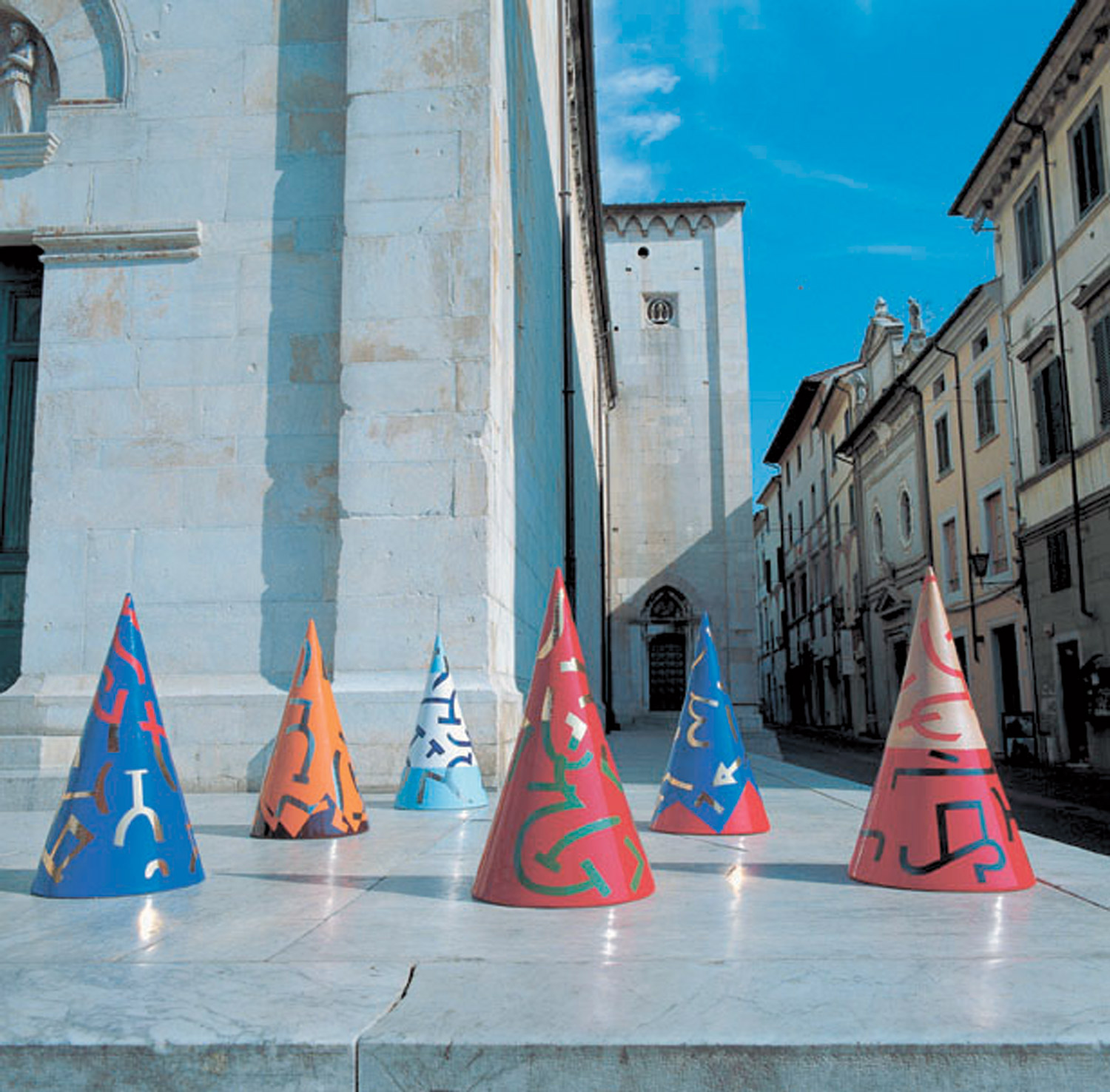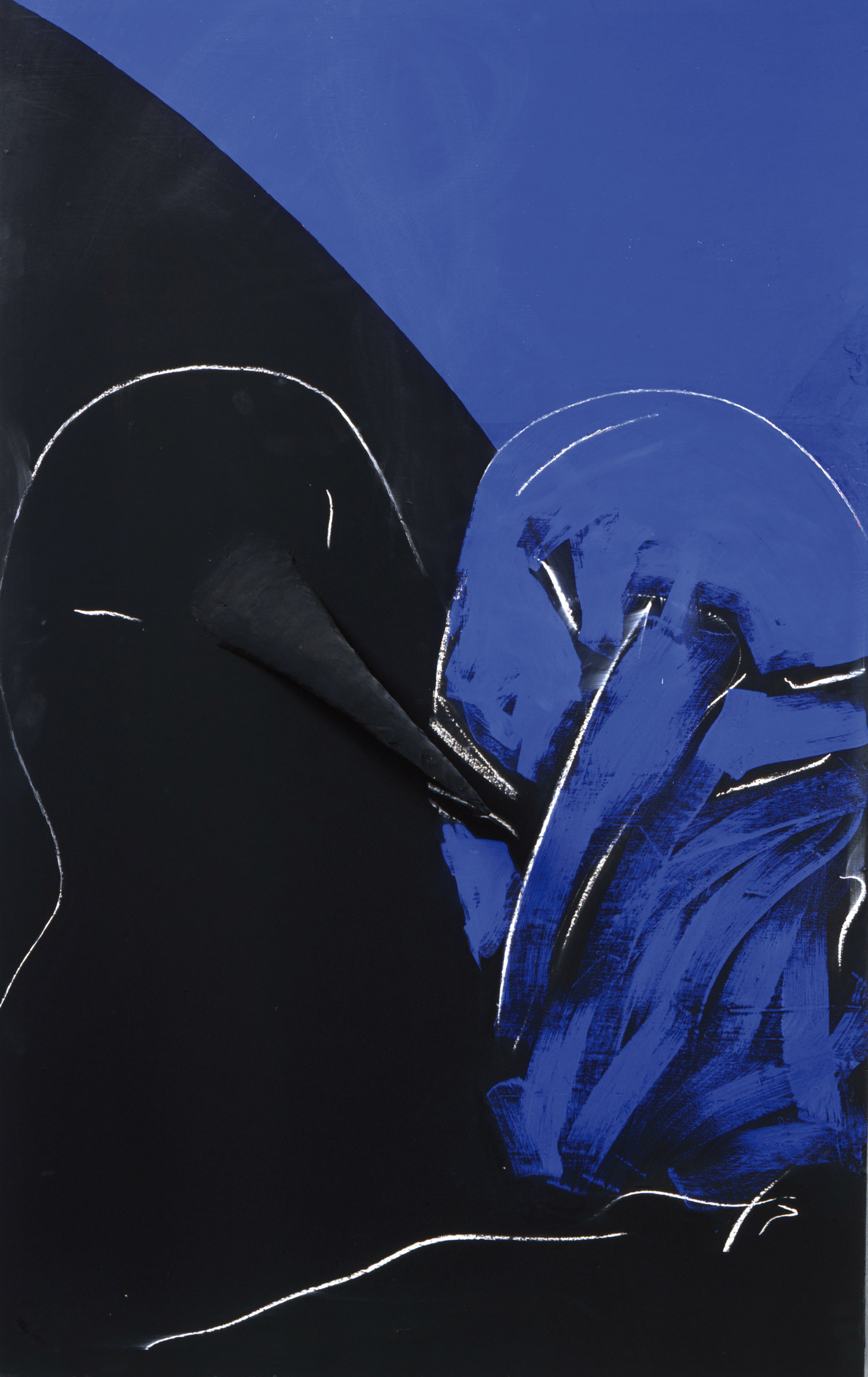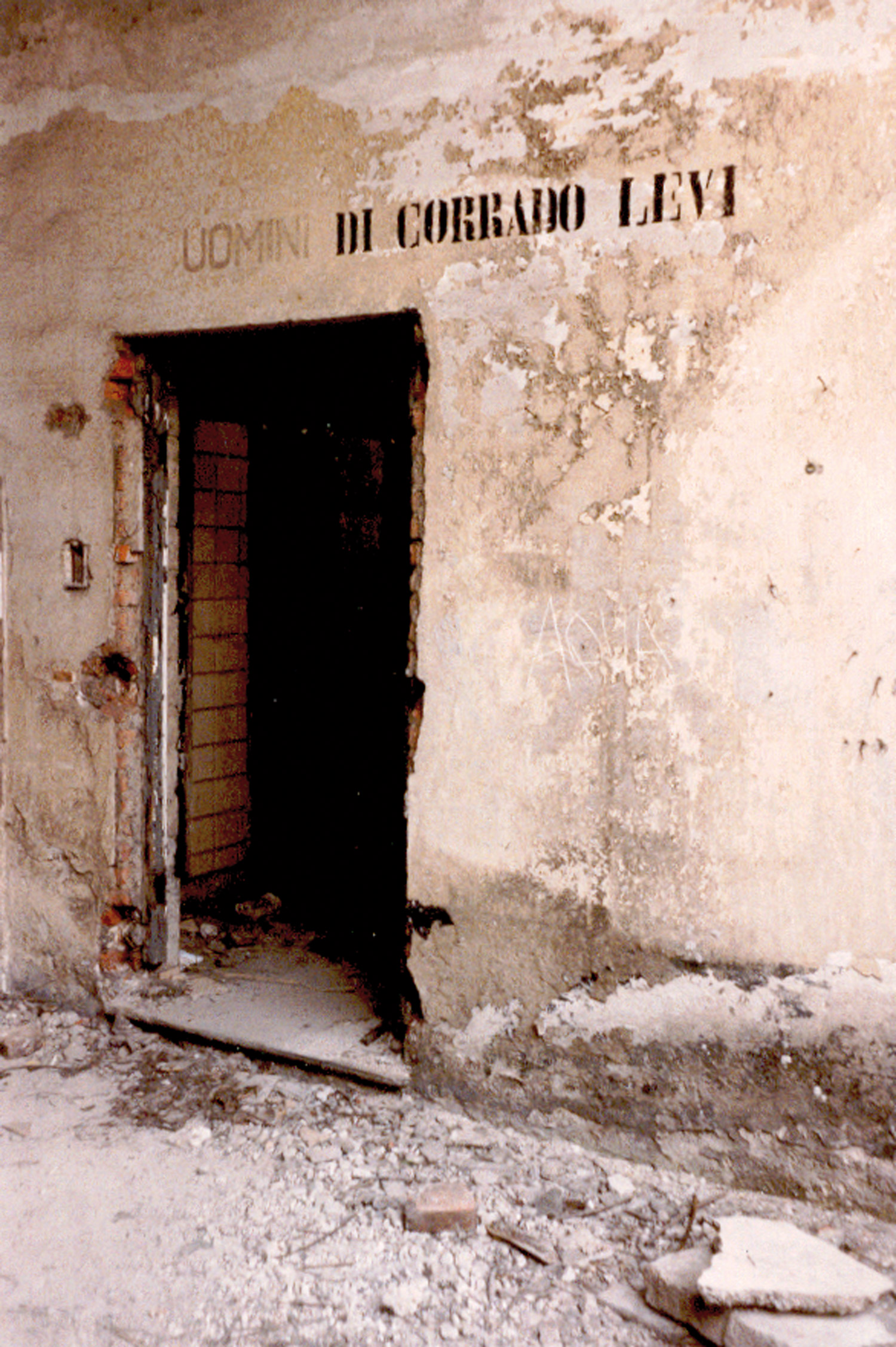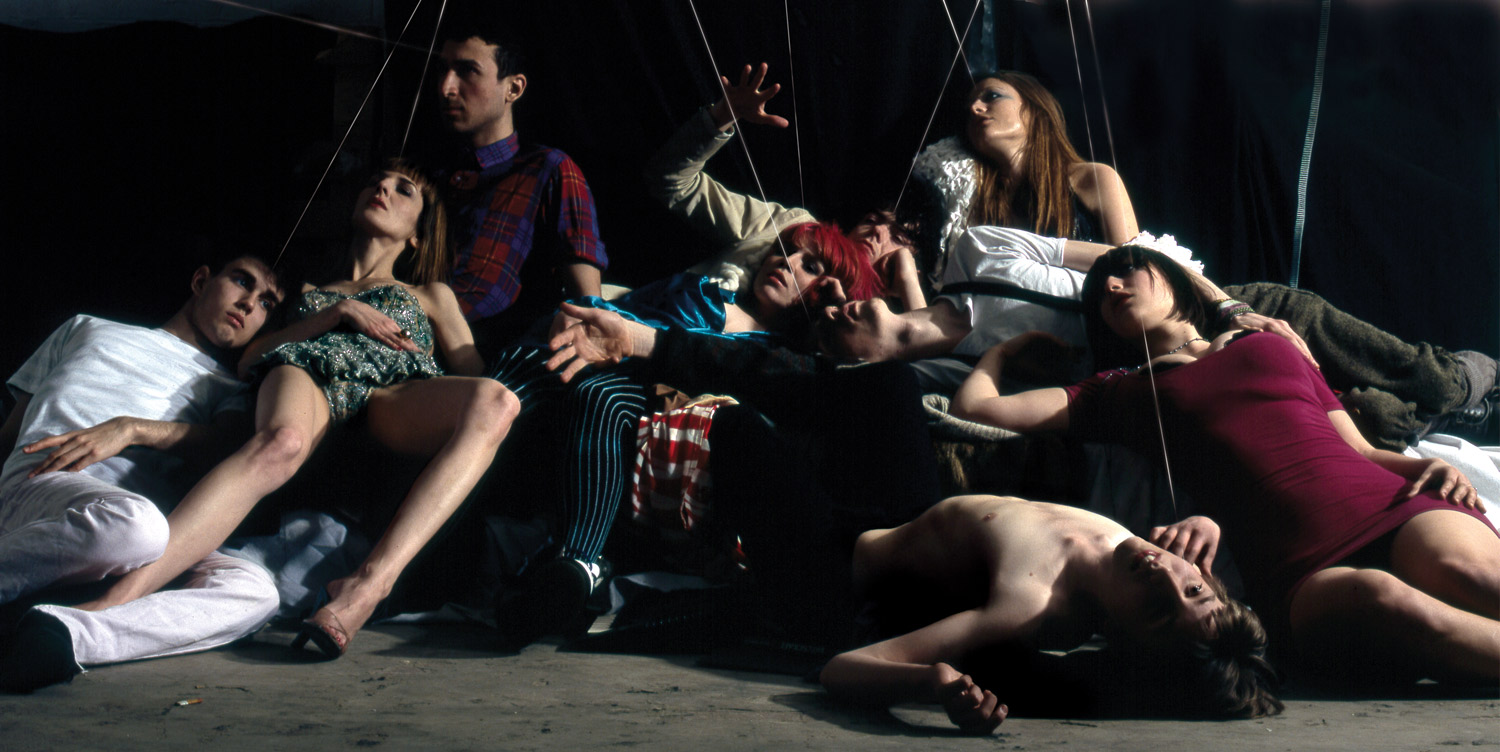
When commissioned by the Frieze Foundation to create a new artwork for last year’s Frieze Art Fair, Kris Martin (Kortrijk, Belgium, 1972) produced an intervention entitled Mandi XVI, which took place during the brouhaha of the fair’s opening reception. A female voice spoke suddenly over loudspeakers, inviting visitors to stop what they were doing, turn off their mobile phones, and observe a minute’s silence, in “respect of the moment.” The gathered art cognoscenti, for the large part, dutifully obeyed and a brief, peaceful interlude descended on the fair, before the socializing and deal-breaking began once more in earnest.
For his first show at White Cube, Martin has created a work that is similarly preoccupied with time and with the possibility for art to be a site of reflection without any prescribed purpose. What’s The Time? (2008) sees two speakers placed discreetly in the gallery space, through which a succinct yet repetitive conversation takes place. The exchange begins with a voice raising the question in the work’s title, but is quickly suppressed by a sharp “Shhh!” in response. Silence then falls before the discourse is repeated once more. As in Martin’s Frieze Art Fair work, there is an element of command in the piece, with the censorious reply appearing to apply to both the disembodied voice in the artwork, as well as any viewers who might dare talk over it. This effect works, at least on first hearing, with visitors to the exhibition momentarily stilled in silent anticipation of what might happen next. Discovering that this is the conversation in its entirety is thus a slight disappointment. Still, its brevity prompts ponderings of what larger narratives the snippet could be taken from, with everyday banalities occurring alongside pretentious ruminations about the human obsession with the passing of time.
With both these works Martin emphasizes the role of the audience in his art, and taps into the heritage of Conceptual art events and ‘happenings.’ Yet Martin is also fully aware of the importance of the object to the contemporary art market, and he accompanies the sound piece with another fragmented work: a chunk of Flemish porcelain mounted and framed as if precious, yet with no context to explain its provenance or why it should be so revered. This piece relates to earlier works by Martin, including Vase (2005), an enormous Chinese vase which Martin smashes and rebuilds each time the work appears in a new exhibition or is sold, and 100 Years (2004), a sculpture of a shiny metal ball that is, according to the artist, also a time bomb, set to self-destruct in 2104. All these works reflect the absurdity contained within our desire to see artworks as having the potential to defeat the march of time.
The wit and immediacy of these earlier works is less evident in Martin’s pieces at White Cube, which in their abstraction run the risk of being more easily ignored or overlooked. Yet his ongoing explorations into the frailty of the artistic gesture and the ephemeral nature of time continue to present rich and enduring propositions.

